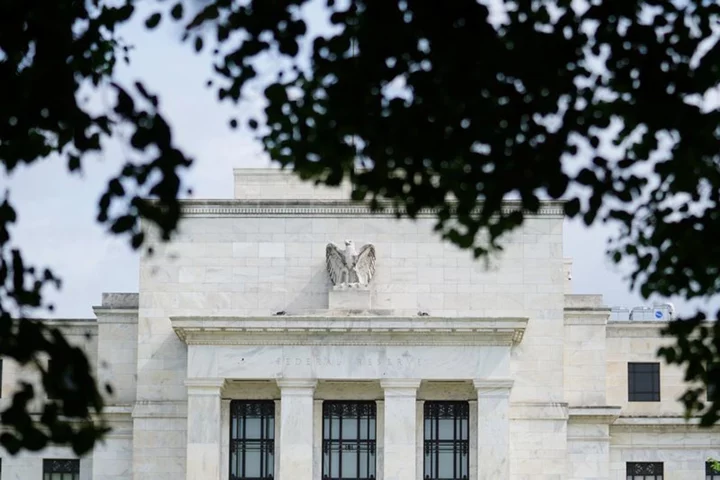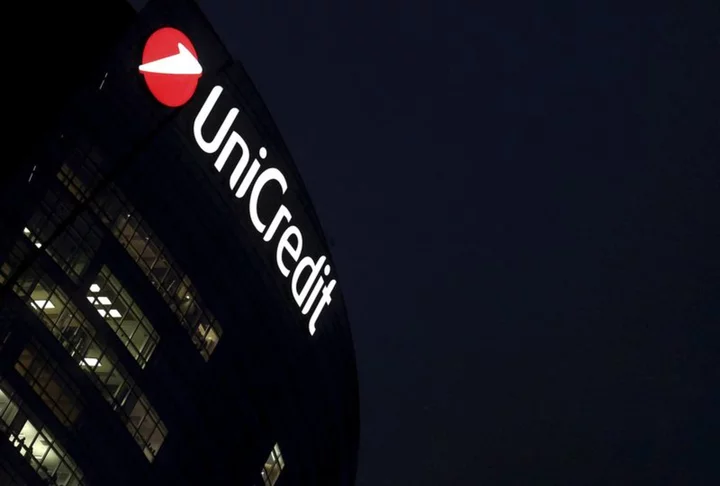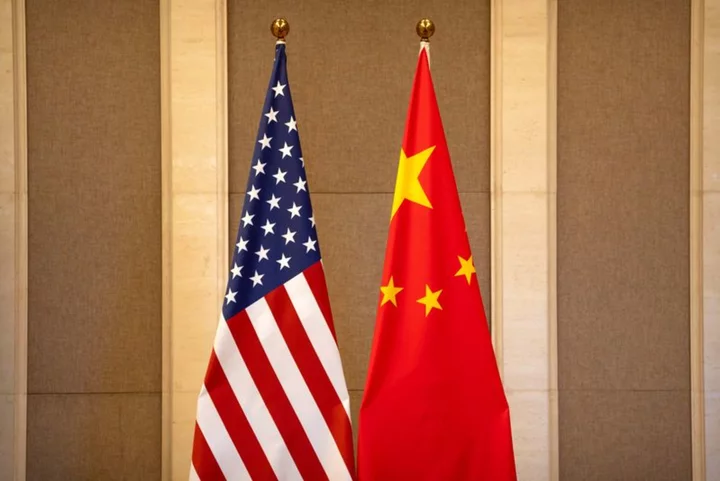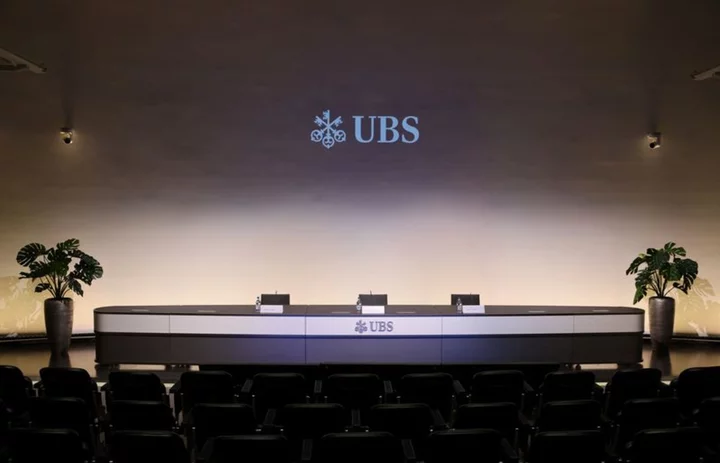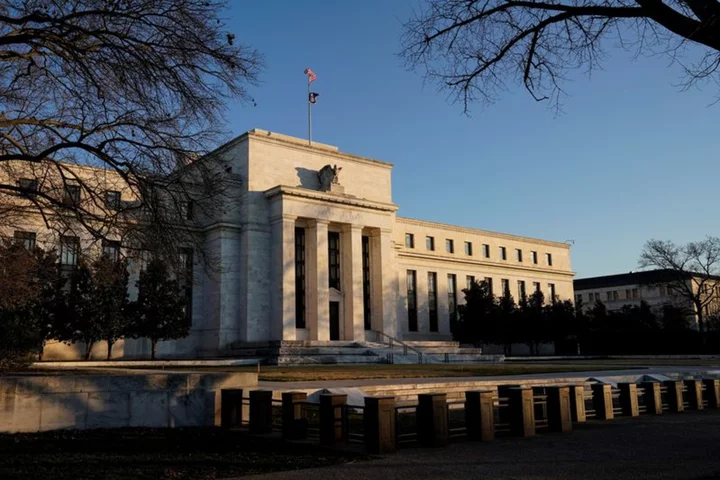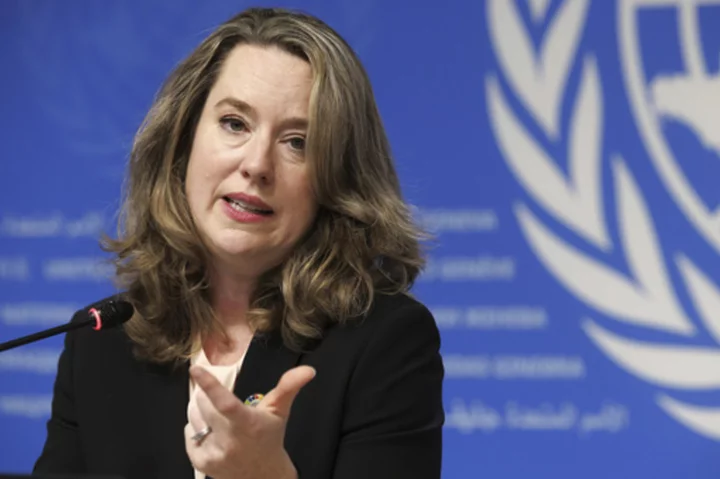By Howard Schneider
WASHINGTON Key U.S. jobs data began approaching pre-pandemic levels in July, a sign of the sort of employment market cooling Federal Reserve officials hope can lower inflation without a sharp rise in the unemployment rate.
The Labor Department's Job Openings and Labor Turnover Survey (JOLTS) showed 2.3% of nonfarm payroll workers quit their jobs in July, down from a rate as high as 3% during the pandemic-driven "Great Resignation." The reading was the lowest since January 2021, when a wave of resignations was developing, and comparable to what was seen through 2018 and 2019 when a tight job market and low inflation coexisted.
The hiring rate last month hit its lowest point since April 2020.
Combined, the two data points suggested a drop in labor demand and an easing of hiring conditions, something the U.S. central bank feels is necessary to continue lowering inflation and easing the pressure for wage hikes.
The hope among policymakers is for that adjustment to happen without the sharp rise in unemployment that has accompanied prior Fed efforts to tame inflation with interest rate increases meant to slow the economy.
The data was encouraging on that front as well. The so-called "Beveridge Curve," which traces the relationship between job openings and the unemployment rate, has steadily fallen back towards 2019 levels, when a low level of joblessness coexisted with inflation near the Fed's 2% target.
The JOLTS data for July "are moderating back to either pre-pandemic levels or levels that we have not seen in quite some time. It's an indication the labor market is softening," said Fiona Greig, global head of investor research and policy at Vanguard, an investment fund manager.
Greig said similar trends were seen in a recent analysis of Vanguard's large stock of data on 401(k) retirement plans, which suggested that hiring conditions are easing not just in "high-churn" businesses in, for example, the leisure and hospitality sector, but also among firms and among positions where employment tends to be more stable.
"This seems to be more widespread," she said.
Because the 401(k) data tends to capture higher-paying jobs, slowed hiring in that cohort could be particularly relevant to the Fed's inflation outlook. Several policymakers have said they think lower-income consumers are already slowing purchases, with overall consumption sustained by those with better earnings.
'BREATHING ROOM'
Separate data from the Conference Board on Tuesday showed an overall drop in consumer confidence, a possible sign of a spending pullback to come.
After the release of Tuesday's data, traders in contracts tied to the Fed's policy rate boosted bets that the central bank will hold rates steady from here on.
The Fed is expected to leave that rate in the 5.25%-5.50% range at its Sept. 19-20 meeting.
New economic projections due to be released at the end of that gathering will show whether officials still think rates will need to move higher by the end of the year, with incoming data shaping that outlook.
Data later this week will provide an updated view on inflation as well as for hiring and wages in August.
The strength of the U.S. job market, and continued strong wage growth, has been one factor feeding arguments that the economy is not slowing as expected and that higher rates may be required.
Economists, however, are divided about the degree to which rising joblessness will need to be part of the process in creating enough economic "slack" to lower inflation. Fed Governor Christopher Waller has argued that a return of the Beveridge Curve to its pre-pandemic level, driven by a drop in the job openings rate without a rise in joblessness, could do much of the work in returning balance between the supply and demand for workers.
A separate measure also watched closely by the Fed, of the number of job openings compared with the number of people without work and looking for a job, remains at around 1.5 jobs per unemployed person. While that is still above the 1.2 level of 2019, it is the lowest it has been since September 2021, and down from the peak of 2-to-1 hit in March of 2022, when the Fed began raising interest rates.
"These data likely give the Fed breathing room," said Oren Klachkin, a financial market economist at Nationwide, though any clear shift in the central bank's bias to maintain high interest rates won't change "until the data clearly show that inflation is on a clear and persistent trend to 2%."
Underlying inflation stripped of volatile food and energy costs remains more than double the Fed's target and had shown little improvement until June. Data for July will be released on Thursday.
(Reporting by Howard Schneider; Editing by Dan Burns and Paul Simao)

